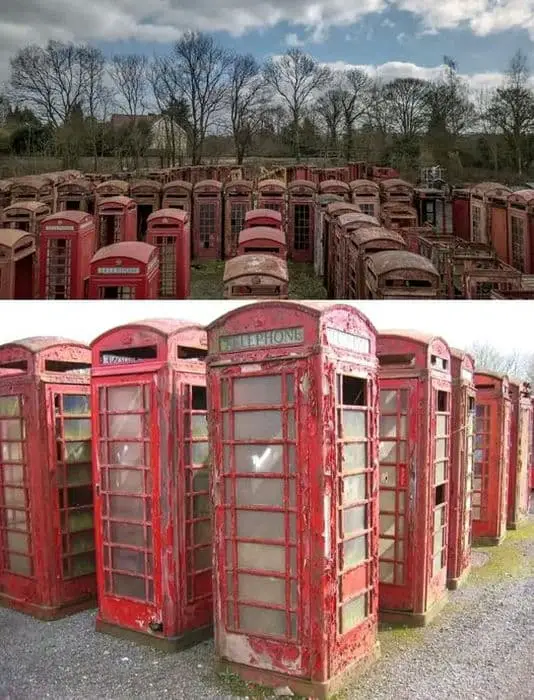
The Red Telephone Box Cemetery in Carlton Miniott, North Yorkshire, serves as a poignant reminder of the evolution of public telephone boxes in Britain. Designed by Sir Giles Gilbert Scott, these iconic red telephone boxes once graced the streets of the UK, becoming emblematic of British culture and design.
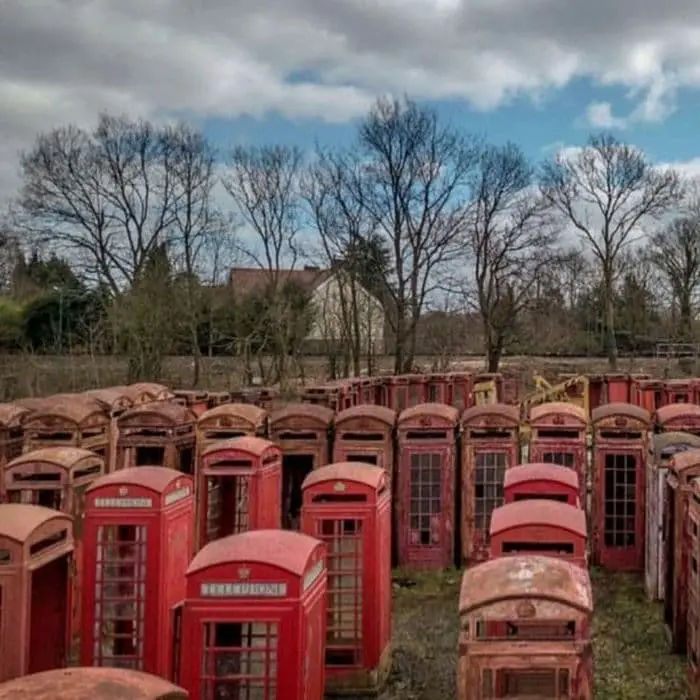
As technology progressed and mobile phones gained popularity, public telephone boxes gradually fell into disuse, leading to their removal from urban areas. However, in the 1980s, British Telecom began relocating decommissioned phone boxes to rural storage areas, including the site in Carlton Miniott.
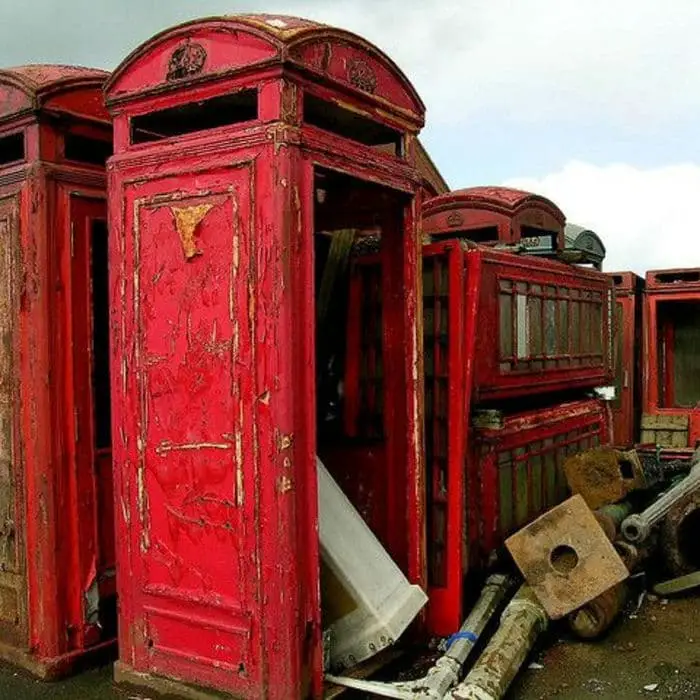
Mike Shores, a resident of a small North Yorkshire village, undertook the task of restoring these phone boxes to their former glory as a labor of love before his retirement in 2015. Spending over 100 hours on each booth, he meticulously stripped and repainted them in the classic red shade specified by the General Post Office.
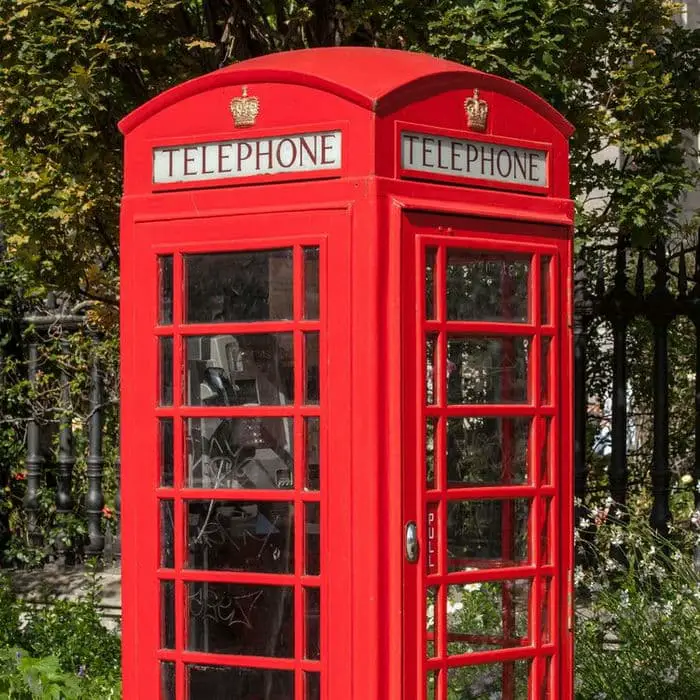
Once restored, the telephone boxes found new purposes, ranging from art installations to housing defibrillators, tiny libraries, and even mobile phone charging ports. Despite their functional obsolescence, they continue to serve as cherished symbols of British heritage and design.
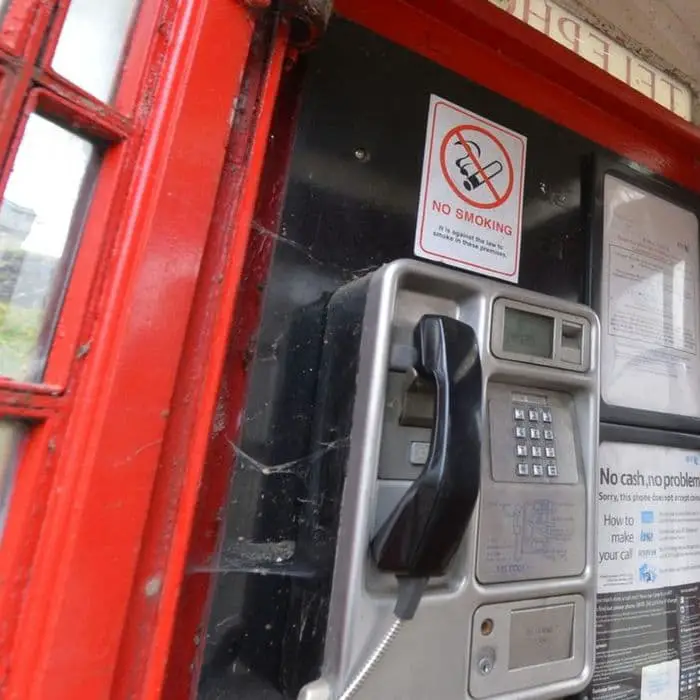
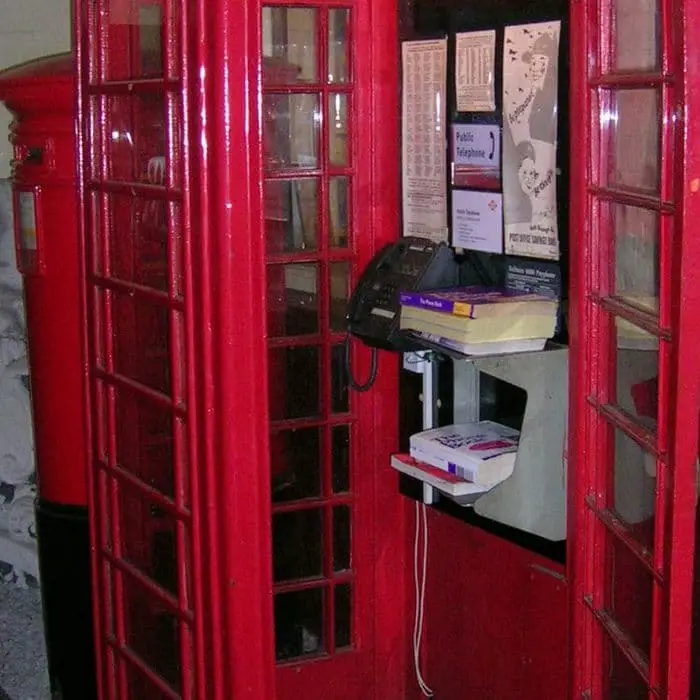
Sir Giles Gilbert Scott, the architect behind the iconic red telephone box, was renowned for his contributions to architecture, including the Liverpool Anglican Cathedral. His design for the cathedral, characterized by its Gothic architecture and red sandstone construction, remains one of his most significant achievements. In addition to architectural landmarks, Scott’s legacy includes notable secular works such as Waterloo Bridge and Battersea Power Station.
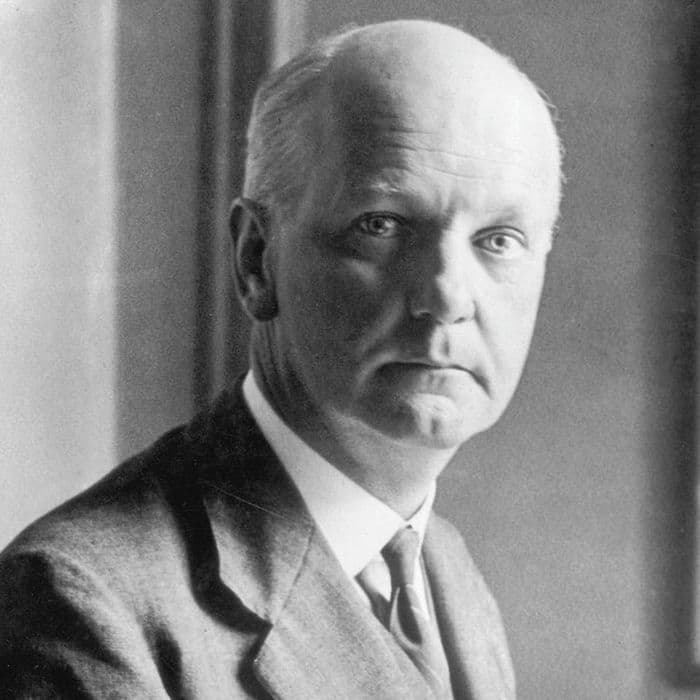

Scott’s design for the red telephone box, particularly the K6 iteration, became synonymous with British identity and endured as a cultural icon. While their practical use may have diminished, red telephone boxes continue to be preserved and repurposed, serving as tangible reminders of Britain’s rich architectural and cultural heritage.

